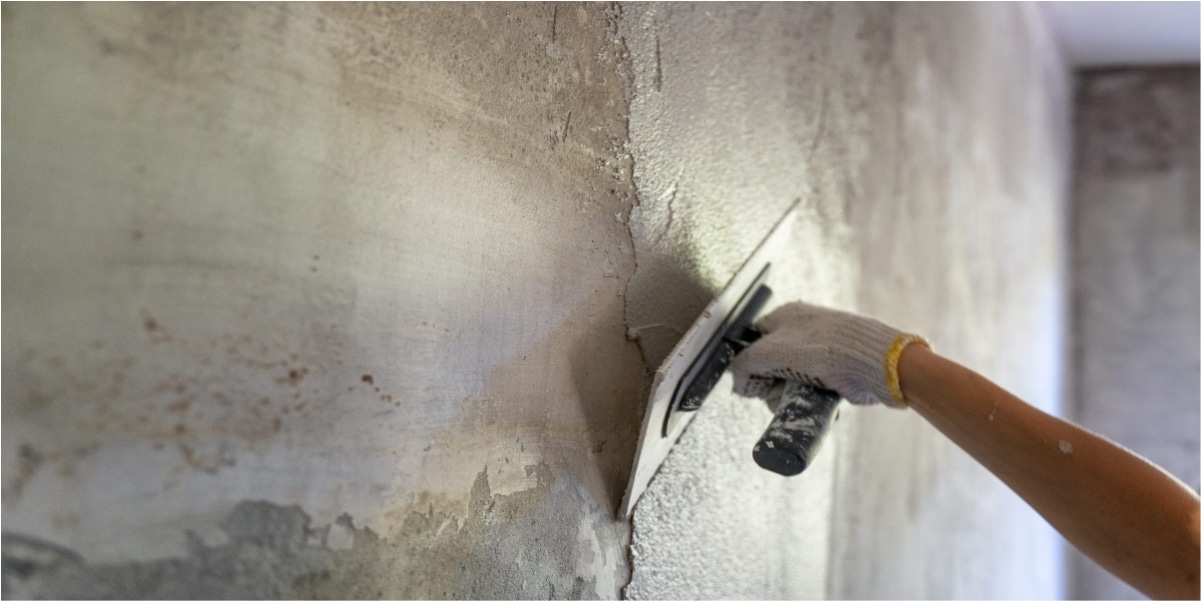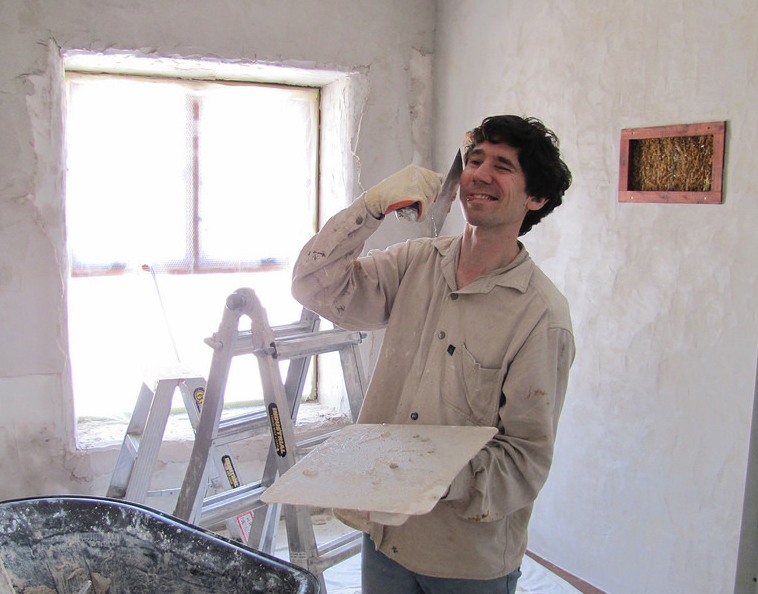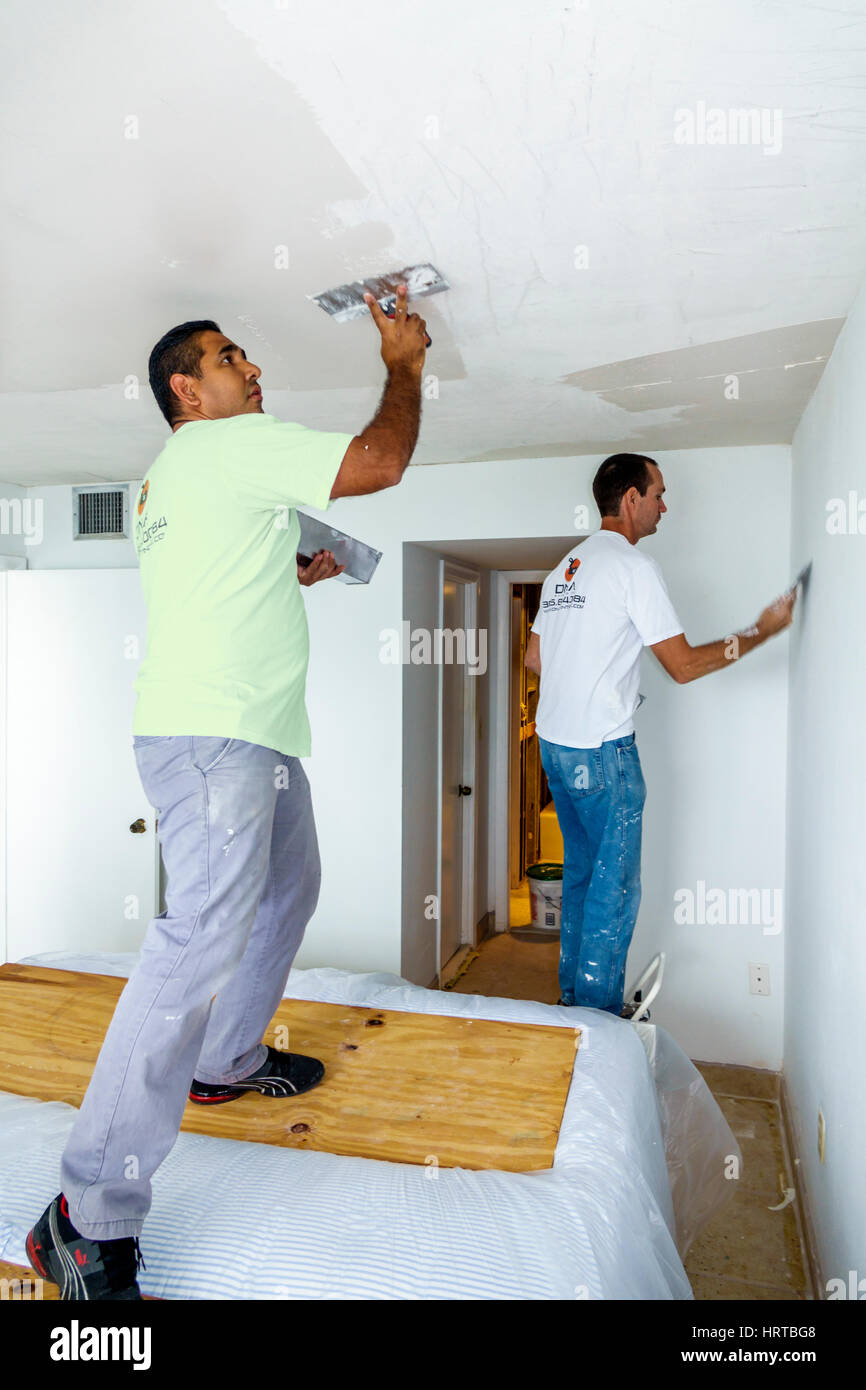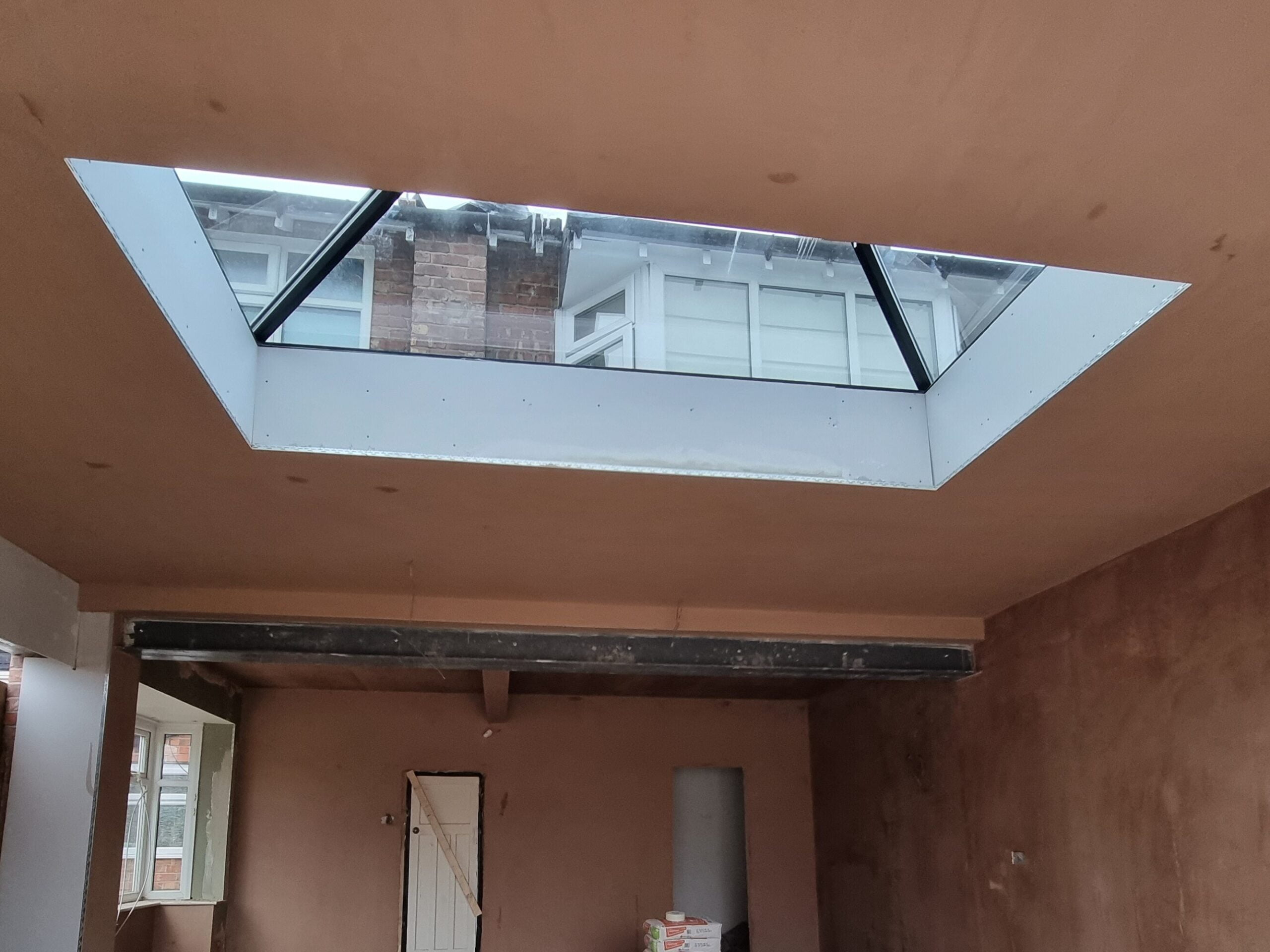Ornamental Plastering: Add One-of-a-kind Touches to Your Home's Interior
Ornamental Plastering: Add One-of-a-kind Touches to Your Home's Interior
Blog Article
A Comprehensive Overview to Mastering Plastering Abilities for Your Remodelling Needs

Crucial Devices and Materials
Different essential devices serve distinctive functions, ensuring efficiency and accuracy throughout the gluing process. A high-quality trowel, for instance, is indispensable for smoothing and using plaster, while a hawk provides a stable system for holding the material.
In addition to tools, selecting the right plastering materials is vital. Gypsum-based plasters are generally liked for their convenience and ease of use, while cement-based choices are perfect for outside applications due to their resilience. Water and bonding agents play significant duties in achieving correct consistency and attachment, making certain that the plaster sticks efficiently to the surface area.
Moreover, safety equipment such as handwear covers, goggles, and masks is vital to safeguard versus dust and irritability throughout the application procedure. By assembling the ideal combination of devices and materials, plasterers can improve their ability and create high-quality coatings, eventually elevating the total craftsmanship of their work.
Preparing Surface Areas for Plastering
Accomplishing a smooth and long lasting plaster surface starts with meticulous preparation of the surfaces to be glued. This fundamental action is essential to making sure attachment and the long life of the plaster. Beginning by examining the problem of the substrate-- whether it is stonework, drywall, or concrete-- eliminating any type of loosened paint, dust, or debris that might interfere with bonding.
Next, repair any type of imperfections such as fractures or holes. Utilize an ideal filler to accomplish a level surface area; this can be crucial for avoiding future concerns. Once fixed, guarantee the surface is dry and clean, as wetness can endanger plaster adherence.
For permeable surfaces, it is recommended to apply a bonding representative. This item improves adhesion and develops a reputable user interface in between the plaster and substratum. If collaborating with formerly plastered surfaces, it may be needed to mess up or sand the location gently to give a trick for the brand-new plaster layer.
Gluing Methods and Tips
Understanding smudging strategies requires both ability and practice to attain a perfect coating. One necessary strategy is the application of the plaster in multiple thin layers, instead than a solitary thick layer. This approach permits far better bond and decreases the risk of cracking. Beginning with a skim coat, guaranteeing it is uniformly spread and leveled with a hawk and trowel. Make use of a straightedge to look for any blemishes before moving on to succeeding layers.
When applying the coating layer, use a read what he said shoveling strategy that entails holding the trowel at a minor angle and functioning in a round motion. This helps to create a smooth surface area and reduces the look of trowel marks. Furthermore, maintain a spray bottle of water useful to haze the surface area gently; this keeps the plaster practical and permits for smoother completing.
Timing is essential; job successfully, as the plaster begins to establish. As soon as the plaster has actually tightened however is still moist, use a moist sponge to delicately smooth the surface additionally. Finally, permit sufficient drying time prior to fining sand or paint, ensuring your effort leads to an expert, top quality finish.
Typical Errors to Stay Clear Of

One more common mistake is applying plaster too thickly. Excitable applications can lead to cracking and prolonged drying times. It's necessary to use plaster in slim, even layers, permitting each layer to dry effectively before including much more.
Additionally, not utilizing the right devices can prevent the high quality of the surface. Using inappropriate trowels or mixers can develop disparities in the gluing procedure. Constantly choose top notch devices designed for plastering tasks.
Finally, lots of people underestimate the relevance of timing. Working in inappropriate temperatures or humidity degrees can detrimentally influence plaster drying and healing. It is suggested to check weather conditions and adapt your timetable appropriately.
Ending Up Touches for an Expert Appearance
The final phases of a plastering job are crucial for attaining a polished, professional appearance. When the plaster has dried out completely, the following action is to assess the surface area for flaws.
After fining sand, it's suggested to clean the surface to eliminate any kind of dust and particles. A moist cloth works for this objective, complied with by a detailed drying out period. If needed, applying a slim layer of completing plaster can boost the surface area additionally, supplying a smooth finish.
When the completing plaster is dry, an additional round of sanding may be needed to attain the desired smoothness. Ultimately, take into consideration applying a primer before painting or wallpapering, which will certainly boost adhesion and toughness.
Conclusion
Understanding gluing abilities dramatically improves the high quality of remodelling jobs. A detailed understanding of important devices, surface area preparation, and efficient techniques is critical for achieving specialist results.
Water and bonding agents play considerable duties in achieving correct uniformity and bond, ensuring that the plaster sticks efficiently to the surface area. Plastering.


Furthermore, maintain a spray bottle of water convenient to haze the surface gently; this maintains the plaster practical and allows for smoother finishing. (Plastering)
If essential, applying great site a thin layer of completing plaster can enhance the surface even more, giving a seamless finish.
Report this page